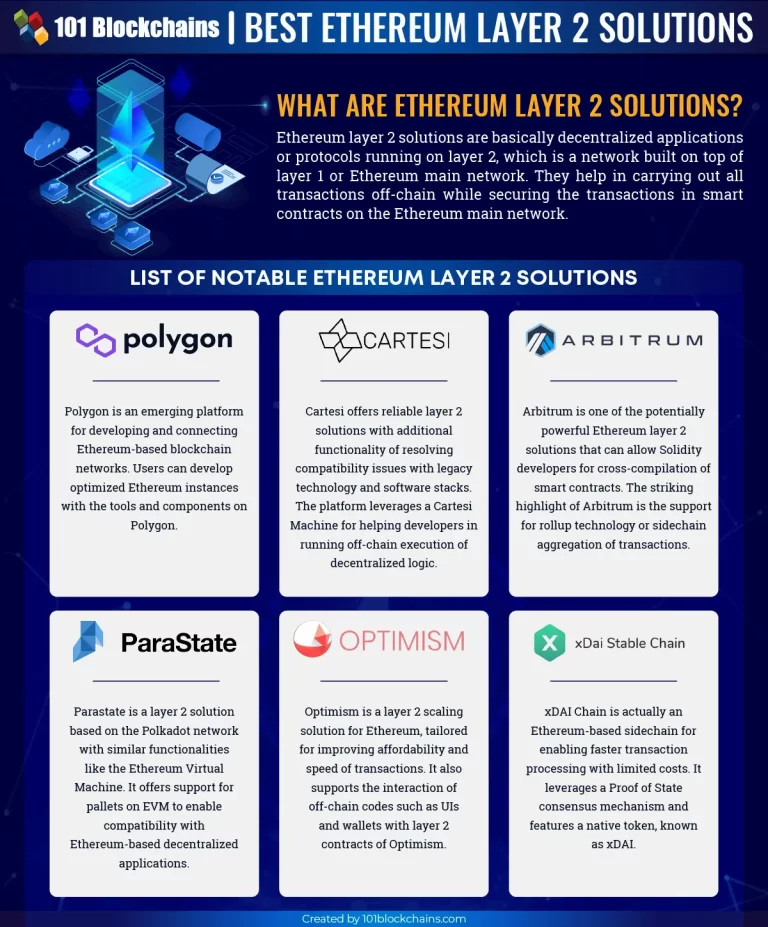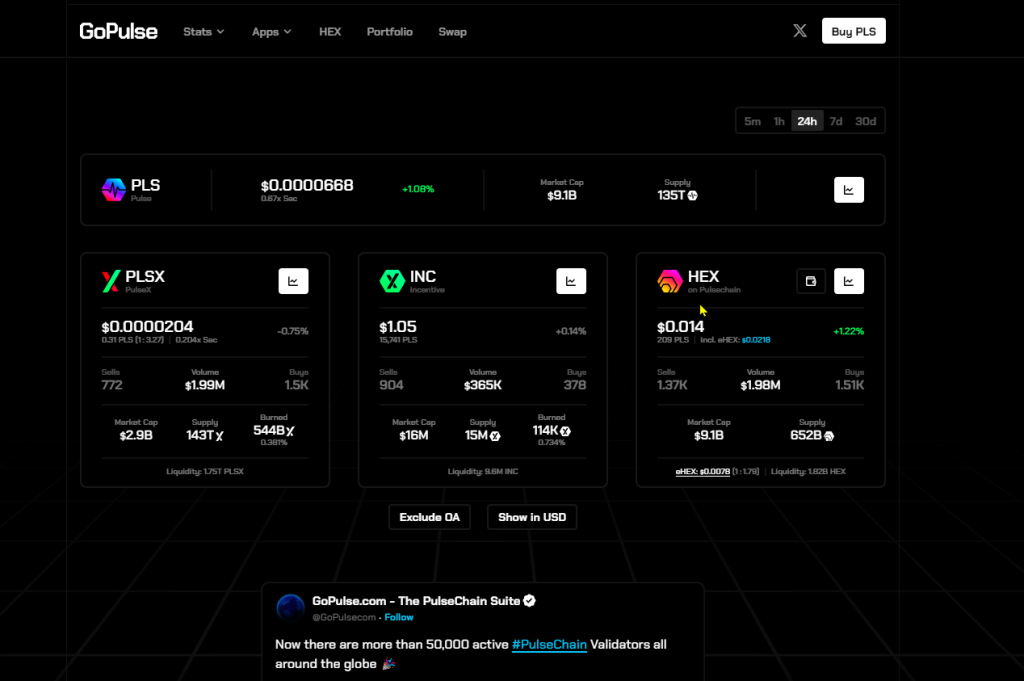What is a Layer1 vs. a Layer2 Cryptocurrency?
Layer 1 and Layer 2 are terms used to describe different components or solutions within the blockchain and cryptocurrency space, each with distinct roles and characteristics. Here’s an explanation of the difference between Layer 1 and Layer 2 cryptocurrencies:
1 - Layer 1 Cryptocurrencies:
Layer 1 refers to the underlying blockchain networks themselves, the base layer of the cryptocurrency ecosystem.
These are the foundational blockchain protocols like Bitcoin (BTC), Ethereum (ETH), and others, which provide the fundamental infrastructure for transactions and data storage.
Layer 1 blockchains have their own native cryptocurrencies, which are used for transactions and securing the network through consensus mechanisms like Proof of Work (PoW) or Proof of Stake (PoS).
They are responsible for security, decentralization, and maintaining the global ledger of transactions.
Layer 1 blockchains are often designed to have a high degree of security and immutability, but they can suffer from scalability and performance limitations.

2 - Layer 2 Cryptocurrencies:
Layer 2 solutions are built on top of existing Layer 1 blockchains to address their limitations, primarily focusing on scalability and transaction speed.
These solutions are designed to enhance the functionality of Layer 1 networks while benefiting from their security and decentralization.
Layer 2 solutions include technologies like the Lightning Network (for Bitcoin) and various scaling solutions for Ethereum, such as Rollups.
They can also have their native cryptocurrencies or tokens, which are used within the Layer 2 network to facilitate faster and cheaper transactions.
Layer 2 solutions achieve scalability by processing transactions off-chain or by aggregating multiple transactions into a single batch before posting them on the Layer 1 blockchain. This reduces congestion and fees on the Layer 1 network.

3 - What is Pulsechain (PLS) and PulseX (pLSX)?
A - Pulsechain
Pulselchain (PLS) is a Layer1 cryptocurrency. Pulsechain is a fork of Ethereum and providers faster transactions than Ethereum and much cheaper fees. Pulsechain was created by Hex.com founder Richard Heart in order to better the cryptocurrency space and lower the costs of obtaining Hex and other cryptocurrencies. Pulsechain also providers greater security than Ethereum.
B - PulseX
PulseX is a layer2 cryptocurrency. PulseX is a fork of Uniswap and provides faster and cheaper transactions than Uniswap. Learn more about both Pulsechain and PulseX by visiting GoPulse.com. We use PulseX to swap certain coins or token for another.

